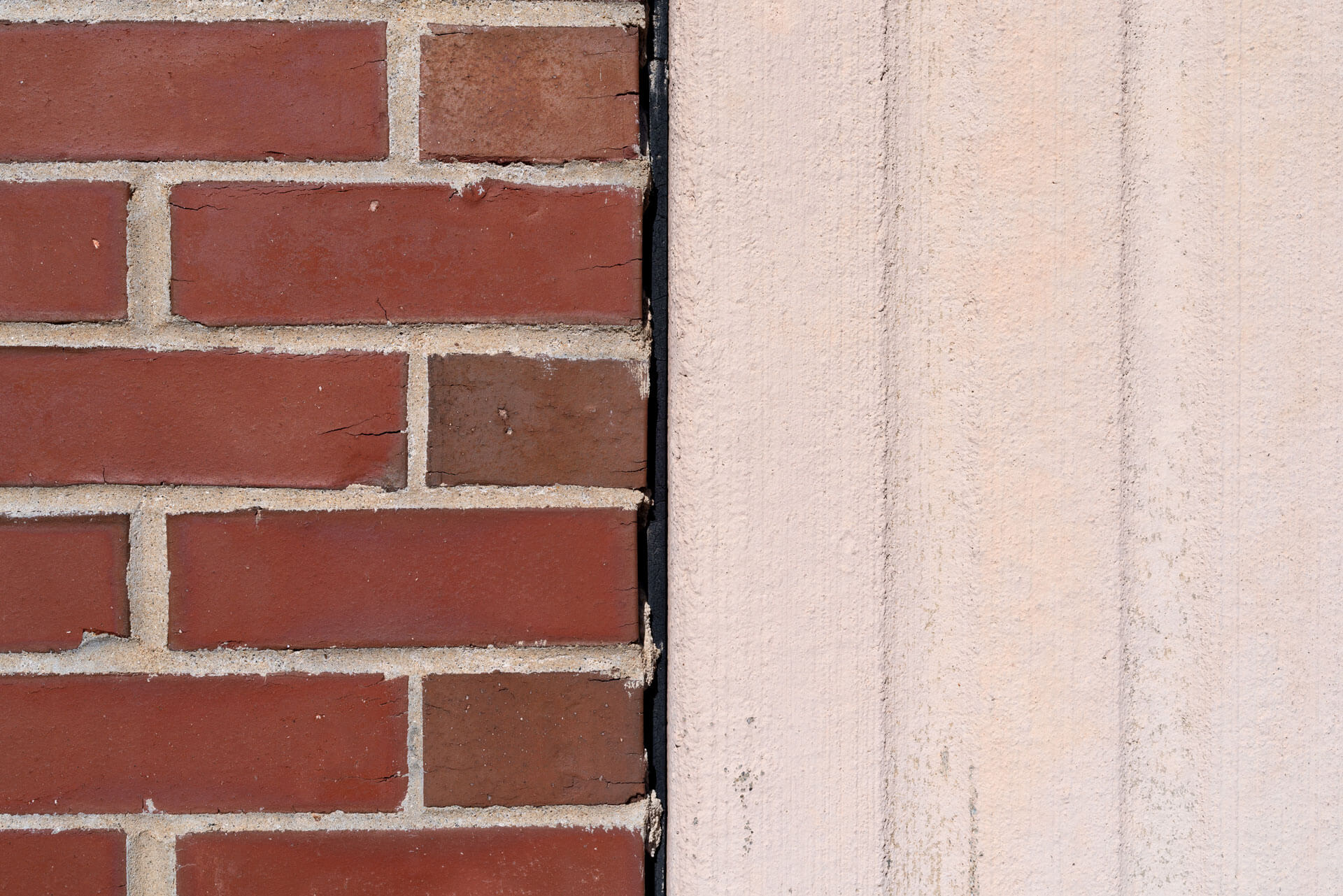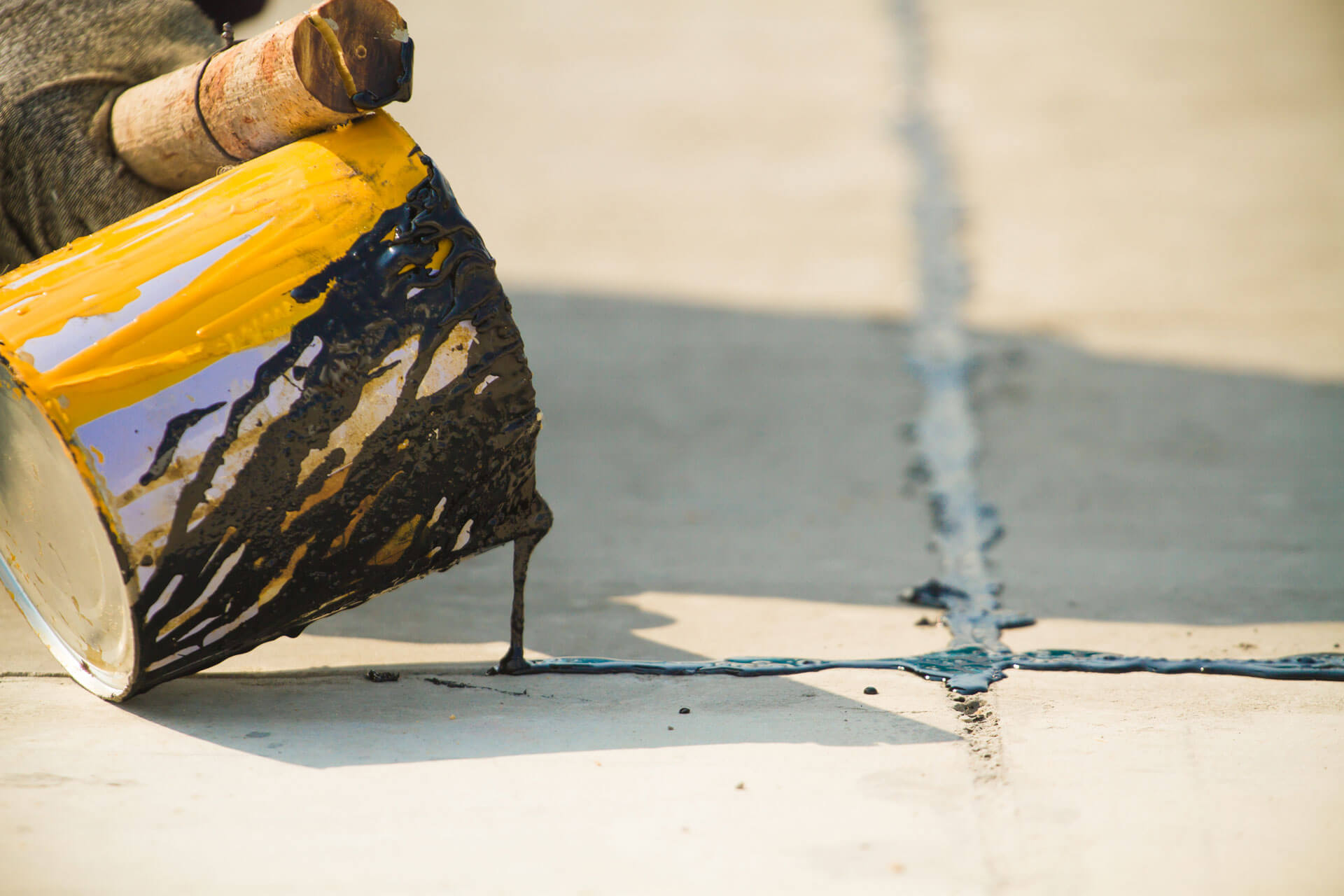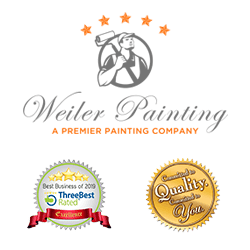Introduction: Revitalizing Your Space with Painted Expansion Joints
Expansion joints are crucial components in any building, allowing for the natural movement of structures without causing damage. However, these functional elements can sometimes become an eyesore, and painting them can give your space a new look. In this comprehensive guide, we’ll walk you through the process of painting expansion joints and long tail keywords to ensure you have all the information you need.
Table of Contents
- Understanding Expansion Joints
- The Importance of Proper Preparation
- Choosing the Right Paint and Materials
- Painting Techniques for Expansion Joints
- Tips for a Successful Painting Project
- Maintenance and Care for Painted Expansion Joints
- Conclusion
Understanding Expansion Joints
Before diving into the painting process, it’s essential to understand what expansion joints are and why they’re necessary. Expansion joints, also known as movement or control joints, provide space between building elements to accommodate natural shifts in the structure. They help prevent cracks and damage caused by changes in temperature, humidity, or other environmental factors.
Critical Components of Expansion Joints
Gap: The space that allows for movement between building elements
Sealant: A flexible material that fills the gap and prevents water, debris, and pests from entering
Joint Cover: A protective layer that conceals the crack and sealant, improving aesthetics and providing additional protection
2. The Importance of Proper Preparation
Before you start painting, thoroughly preparing the expansion joints is crucial. Proper preparation ensures that the paint adheres correctly and lasts longer.
Cleaning the Expansion Joints
Remove debris, dust, or dirt from the joints using a brush or vacuum cleaner.
Clean the joint surfaces with a mild detergent and water, then rinse thoroughly.
Allow the joints to dry completely before proceeding.
Repairing Damaged Expansion Joints
Inspect the joints for any damage, such as cracks or missing sealant.
Repair any damage by applying suitable glue or caulking, following the manufacturer’s instructions.
Allow the glue to cure according to the recommended time.
3. Choosing the Right Paint and Materials
Selecting the appropriate paint and materials for your expansion joints is crucial to ensure durability and a professional finish.
Types of Paint for Expansion Joints
Elastomeric Paint: A flexible, waterproof paint that expands and contracts with the movement of the joint. Ideal for exterior and high-moisture areas.
Acrylic Latex Paint: A versatile, water-based paint that provides good adhesion and resistance to mildew. Suitable for both interior and exterior applications.
Tools and Materials
- Paintbrushes or rollers
- Painter’s tape
- Drop cloths or plastic sheeting
- Ladder or scaffolding (if necessary)
4. Painting Techniques for Expansion Joints
With your materials ready, it’s time to paint the expansion joints. Follow these steps for a professional finish:
- Apply painter’s tape to protect the surrounding surfaces from paint.
- Apply a primer (if required) and allow it to dry according to the manufacturer’s instructions.
- Apply the first coat of paint, working in small sections and using long, even strokes.
- Permit the initial layer to dry thoroughly before applying further coats.
- Remove the painter’s tape and clean up any spills or drips immediately.
5. Tips for a Successful Painting Project
To ensure your expansion joint painting project is successful, keep these tips in mind:
Work in Suitable Weather Conditions
If painting exterior expansion joints, choose a day with mild temperatures and low humidity to ensure optimal drying conditions.
Use the Right Brush or Roller
Select a paintbrush or roller designed for the type of paint you’re using. High-quality brushes and rollers provide better coverage and a smoother finish.
Allow Adequate Drying Time
Allow each coat of paint to dry thoroughly before applying the next coat. Rushing the process can lead to peeling or bubbling paint.
Test a Small Area First
Before settling on a paint color, apply a small test patch in an inconspicuous spot to see how the paint appears under various lighting conditions.
6. Maintenance and Care for Painted Expansion Joints
To keep your painted expansion joints looking great for years to come, follow these maintenance tips:
- Inspect the joints regularly for signs of wear, such as chipping or peeling paint.
- Clean the joints with mild soap and water, avoiding abrasive cleaners that could damage the paint.
- Touch up any areas of wear with matching paint, following the same painting techniques outlined above.
- Monitor the sealant for deterioration or damage and repair or replace it as necessary.
7. Conclusion
Painting expansion joints is an effective way to improve the aesthetics of your space while preserving the essential function of these architectural elements. You can transform your expansion joints into attractive, durable features with proper preparation, suitable materials, and careful application techniques. Remember to follow the maintenance tips outlined above to keep your painted expansion joints looking their best for years.



